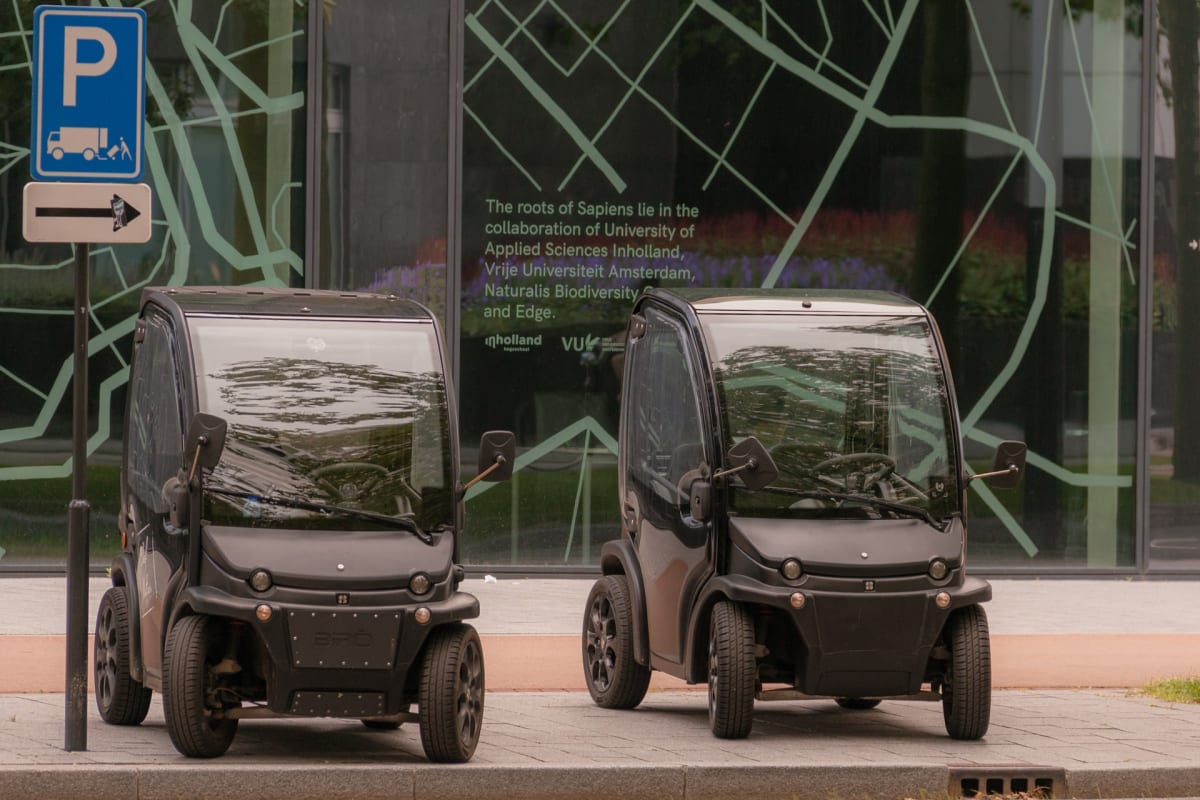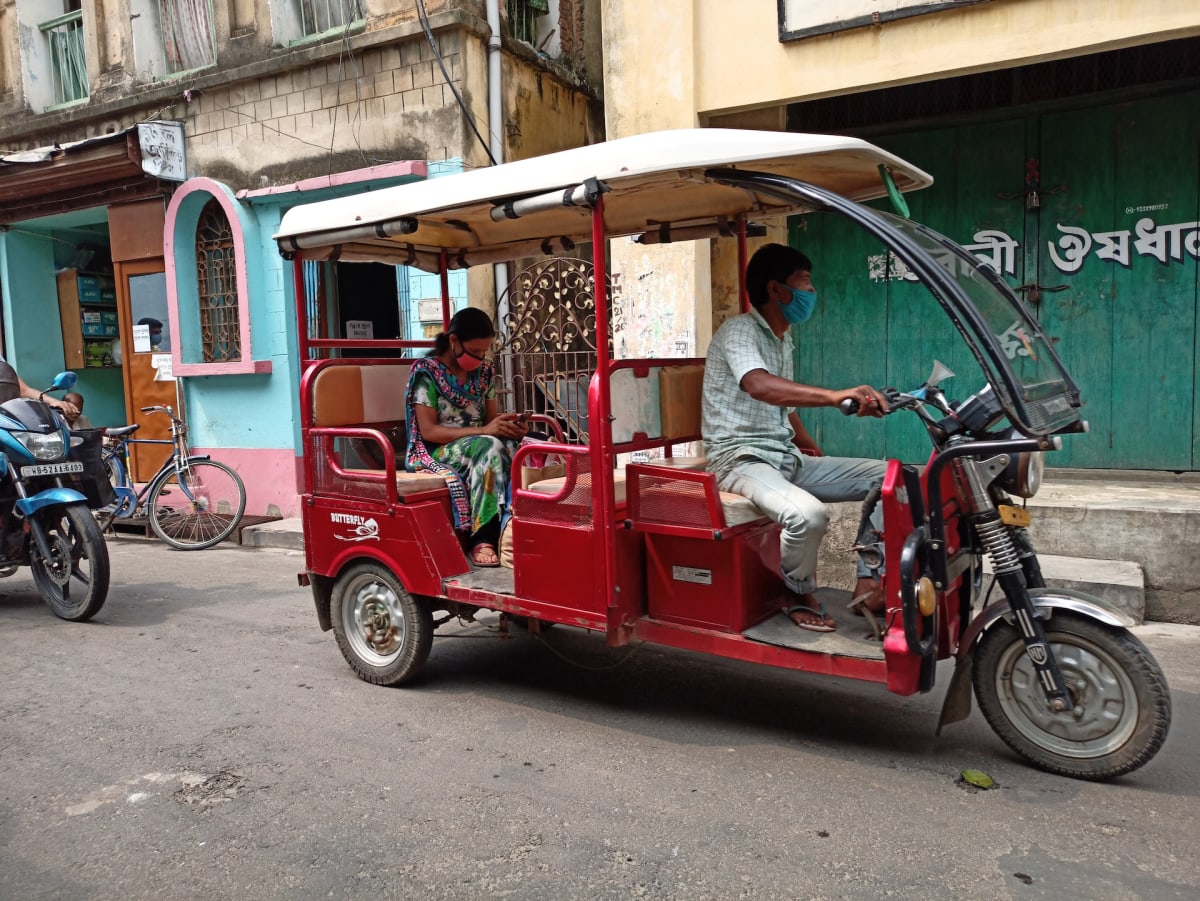
Classification of Electric Tricycles and Their Components
October 9, 2023
Using an Electric Tricycle Charger: What to Keep in Mind
October 17, 2023Contents
When a three-wheeled electric vehicle has power but won’t move, several potential issues could be causing this problem. Here are some common reasons and troubleshooting steps:
Braking Reason:
- Check if the handbrake is engaged. If it is, disengage the handbrake, as engaged brakes will prevent the vehicle from moving.
- Verify the brake system for any malfunctions. If the brakes are not releasing properly, it can result in the electric vehicle not moving.
Handlebar Issues:
- Inspect the handlebar controls and wiring. Three-wheeled electric vehicles typically have wires for the handlebar controls, including throttle and brake controls.
- Use a multimeter to measure the voltage between the wires. Rotate the handlebar controls and check if the voltage between the relevant wires changes accordingly.
- If the voltage remains constant and doesn’t change as you move the controls, it might indicate a problem with the handlebar controls.
Motor Problems:
- Electric vehicle motors can encounter issues with their Hall sensors. Faulty Hall sensors can lead to motor performance problems or complete immobilization.
- Use a multimeter to check the voltage output of the Hall sensor wires. While gently turning the motor wheel, observe whether the voltage fluctuates within the range of 0-5 volts.
- If there’s no voltage change or it’s out of the expected range, it might indicate a Hall sensor problem. Consider replacing the faulty Hall sensor.
Controller Malfunction:
- The controller is a critical component of the electric vehicle’s drive system. If it becomes damaged, it can result in the vehicle not moving or moving slowly.
- Check the controller for any visible signs of damage. If it’s malfunctioning, it might need to be replaced.
Common Electric Three-Wheeled Vehicle Issues and Repairs
Complete Power Loss:
- Check if the battery is fully charged.
- Inspect the fuse to see if it has blown; replace it if necessary.
- Examine the power lock switch for damage or malfunction; replace it if needed.
- Check internal wiring connections to ensure they are secure and properly connected.
Power Available but No Movement:
- This can be caused by battery-related issues or a malfunctioning brake system.
- Verify that the brake lever or pedal is not stuck; if it is, release it.
- Inspect the battery connections and wiring for loose or damaged parts.
Excessive Power Consumption and Reduced Performance:
- If the vehicle consumes power quickly and lacks power during operation, it may be due to a faulty battery. Consider replacing the battery.
- Low tire pressure can also affect performance; ensure tires are properly inflated.
- Noise and jerking during operation might indicate a mismatch between the controller and the motor. Replacing the controller to ensure compatibility may resolve this issue.
Resistance When Pushing the Vehicle:
- If you encounter resistance when manually pushing the vehicle, it could be due to a damaged MOSFET (metal-oxide-semiconductor field-effect transistor) in the controller. Replacing the controller may be necessary.
Charger Issue:
- If the charger immediately displays a green light when plugged in, it may indicate a low-voltage issue. This can be due to a faulty charger or a battery that needs replacement or repair.
Always prioritize safety when diagnosing and repairing electric vehicle issues. If you’re unsure about any of the troubleshooting steps or need further assistance, it’s advisable to consult a professional electric vehicle technician for proper diagnosis and repair.



